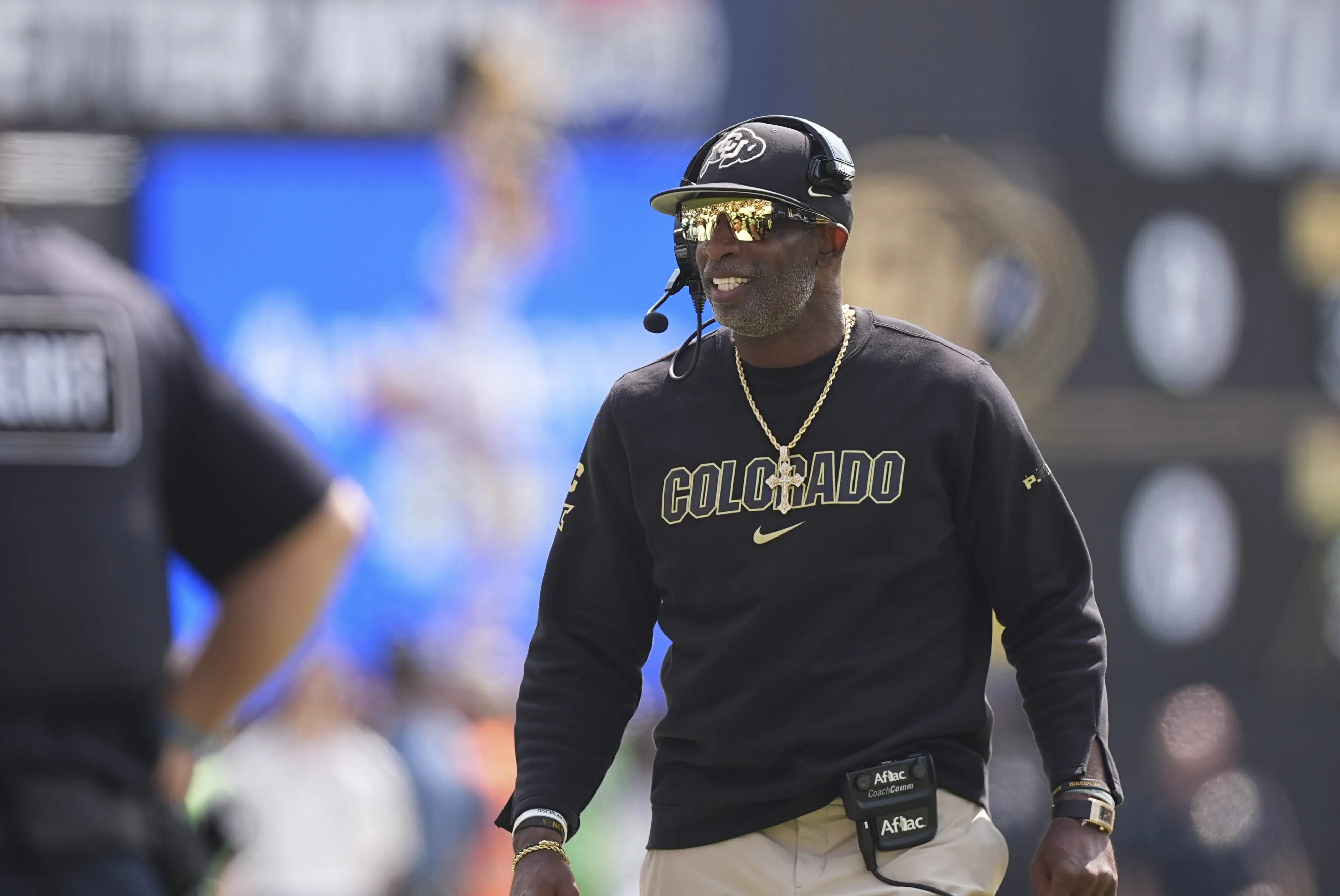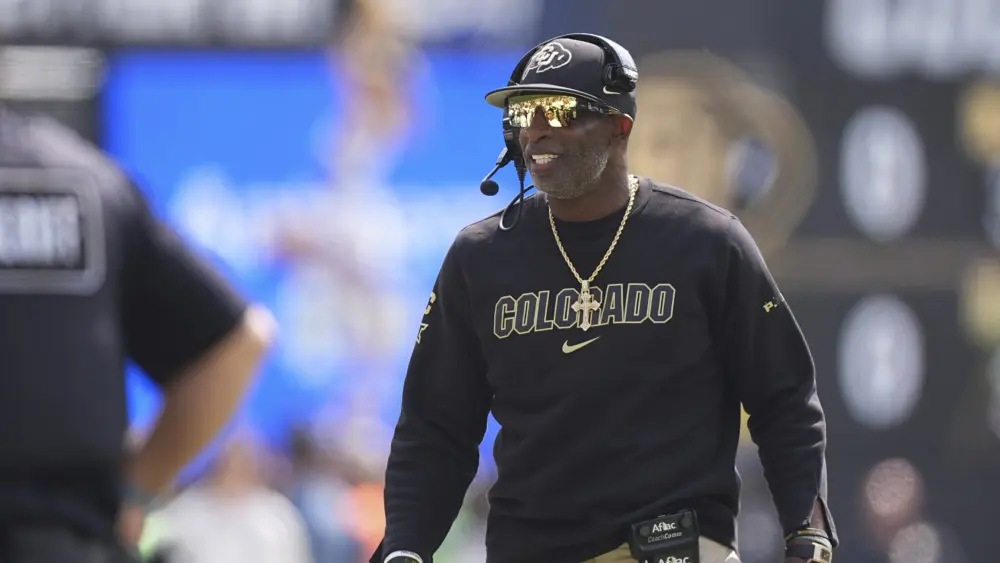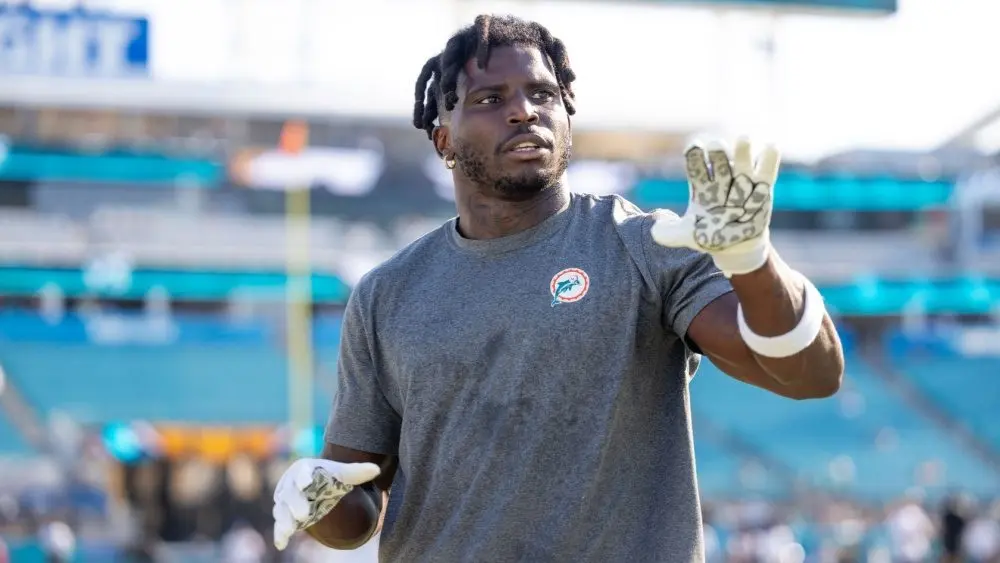
The best Saturday lineup of the season, with 11 consecutive hours of showdowns in the SEC and Big Ten, generated the TV audience you would expect: Four games exceeded 5 million viewers, and seven topped the 4 million mark.
Only the season-opening weekend, which featured games across the Labor Day holiday, attracted more eyeballs.
Within the numbers from Week 5, there were trends worth noting.
1. CBS blew it
At the turn of the decade, CBS executives chose to end the network’s longstanding relationship with the SEC rather than pay roughly $300 million per year — a six-fold increase over the previous contract — for the rights to the conference’s No. 1 game each week.
ESPN gladly swooped in, adding the Game of the Week to its existing SEC inventory. Hoping to remain relevant, CBS turned around and grabbed a piece of the expanded Big Ten’s media rights package in 2022 for roughly the same price.
The strategy seemed misguided at the time. A few years later, it looks even worse, with the Sept. 27 viewership numbers adding to a mounting pile of evidence.
The marquee SEC game on ABC last weekend doubled the ratings for the Big Ten game on CBS: Alabama-Georgia drew 10.4 million viewers at 4:30 p.m., according to the SportsMediaWatch database. Meanwhile, the Ohio State-Washington duel on CBS attracted 5.2 million.
Granted, the games were in different broadcast windows, but that simply underscores our point.
Alabama-Georgia topped 10 million despite going head-to-head at 4:30 p.m. (Pacific) with the Oregon-Penn State showdown on NBC, which drew 8.5 million viewers.
But Ohio State-Washington faced weaker competition at 12:30 p.m. and lost its head-to-head matchup decisively: The LSU-Mississippi game produced an audience of 6.7 million.
The Big Ten has two ratings behemoths in Ohio State and Michigan, but the SEC is a next-level juggernaut because of the array of big brands and the cross-conference passion: SEC fans watch SEC games that don’t involve their local team more often than Big Ten fans will watch other Big Ten games.
For the season, the SEC’s marquee broadcast on ABC is destroying the Big Ten matchup on CBS.
The former is averaging 9.2 million viewers while the latter is averaging 4.3 million. (We aren’t counting USC-Purdue because of the three-hour weather delay.)
Even if you account for the difference in broadcast windows — the 4:30 p.m. PT window draws more viewers than the 12:30 p.m. slot — the SEC game is a much better return on investment. (Remember, Fox typically gets the best Big Ten games based on the structure of the conference’s media rights deal.)
So for essentially the same $300 million annually that CBS is paying the Big Ten for second-tier matchups (most Saturdays), the network could have secured the rights to the SEC’s premier game.
The only thing worse for CBS? Not having any college football. The sport’s soaring popularity means the network is getting a solid return on its investment.
But that ROI isn’t nearly what it could have been with the SEC. What a whiff.
2. Modest number for ‘Big Noon’
Another notable development: The USC-Illinois matchup in Fox’s premier window (12 p.m. Eastern) mustered a fair-to-middlin’ 4.1 million viewers.
All three SEC broadcasts on ABC (Alabama-Georgia, LSU-Mississippi and Notre Dame-Arkansas) generated larger audiences.
The USC-Illinois number (4.1 million) was slightly smaller than the audience for the ‘Big Noon’ matchup on Sept. 13, when 4.3 million watched Iowa-Iowa State. And it was slightly larger than the viewership for Sept. 20, when 4 million watched Utah-Texas Tech.
3. More eyeballs overall
The impressive audience numbers from Week 5 were merely the continuation of a trend.
Total college football viewing across all networks is up 19 percent year-over-year, according to Michael Mulvihill, president of insight and analytics for Fox Sports.
“If there’s an argument that anything other than CFB is the hottest sport out there I’d be curious to hear it,” Mulvihill noted on the social media platform X.
He added: Viewership is up 36 percent over a span of five years.
4. Colorado’s dip
Fox and ESPN have been obsessed with Colorado since Deion Sanders took charge, and for good reason: The Buffaloes continually delivered stellar ratings in the 2023 and ’24 seasons.
But a decline is seemingly underway without stars Travis Hunter and Shedeur Sanders — and with Colorado (2-3) struggling for traction on the field.
The loss to Brigham Young on Saturday night in ESPN’s #AfterDark window attracted 2.5 million viewers. One week earlier, the Buffs drew just 1.3 million for a date with Wyoming.
The Cowboys certainly aren’t ratings gold (or silver). But comparable matchups for Colorado last year were on broadcast television and drew in excess of 3 million viewers.
If the losing continues in Boulder, both Fox and ESPN will have interesting decisions to make for filling afternoon and night windows blocked off for Big 12 games.
*** Previously published Hotline articles on sports media:
— Explaining the 11 p.m. (ET) kickoff time for USC-Michigan State
— Dave Portnoy and Ohio State is a dangerous game for Fox
— The Big 12’s social media game is clever, proactive and undaunted
— Pac-12 partners with The CW on media rights for 2026+
— Where (and when) to find Big 12 football games this season
— Low ratings, NFL conflicts make it clear: CFP calendar needs to change
— Thanksgiving Eve is an open broadcast window the Big 12, Pac-12 should exploit
— Fox’s friday night strategy and the future of sports on TV
— Explaining the Big Ten’s TV selection process
*** Send suggestions, comments and tips (confidentiality guaranteed) to wilnerhotline@
*** Follow me on the social media platform X: @WilnerHotline
The post On media: CBS’ big miss, the ‘Big Noon’ numbers, viewership trends first appeared on Sports360AZ.













